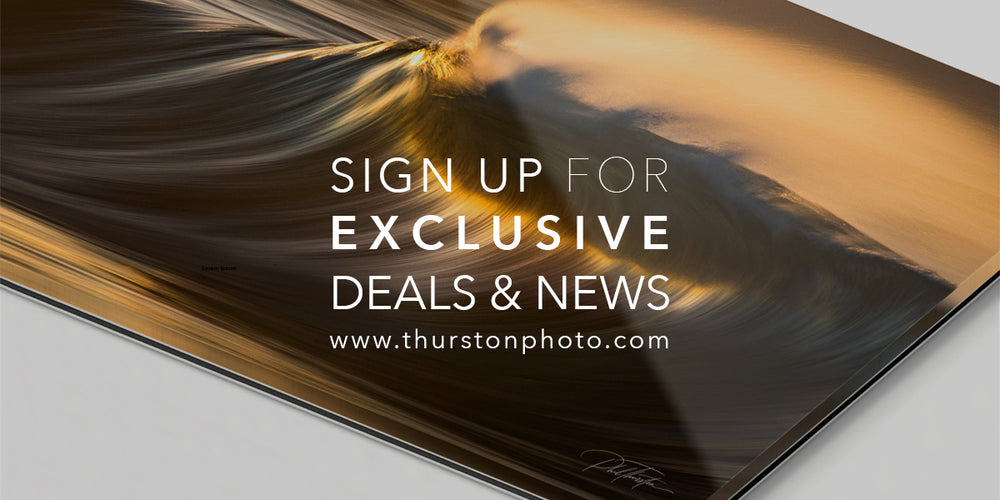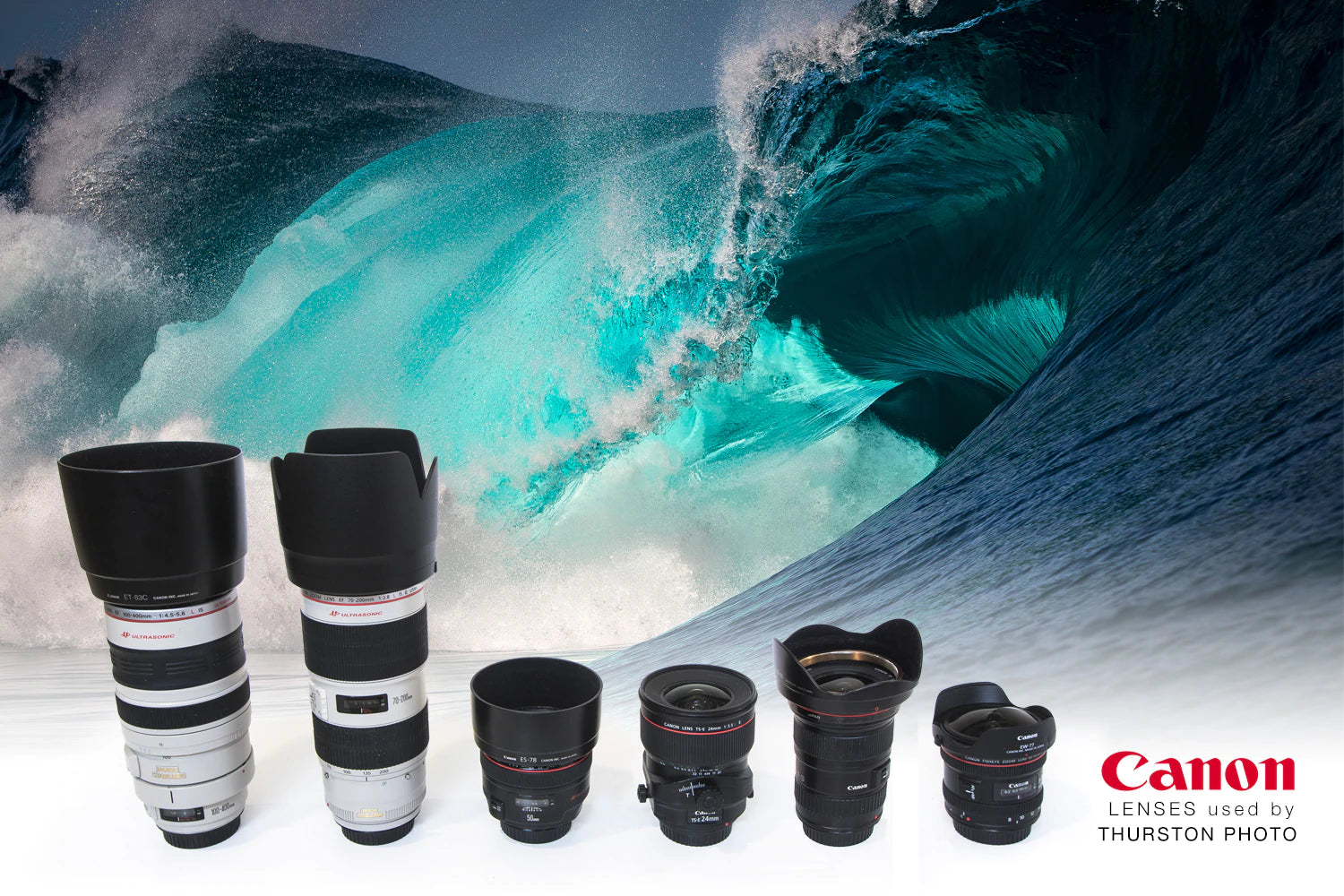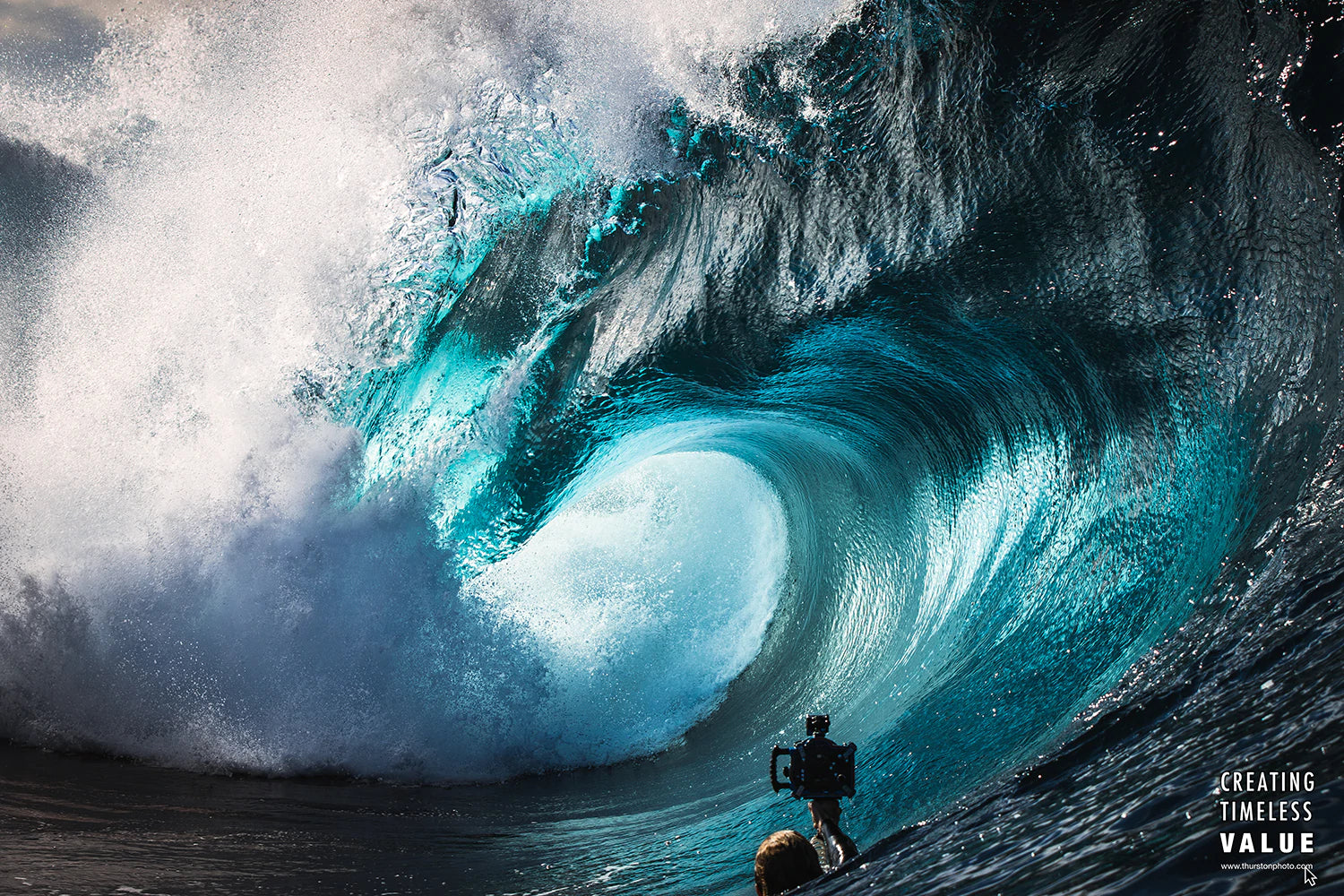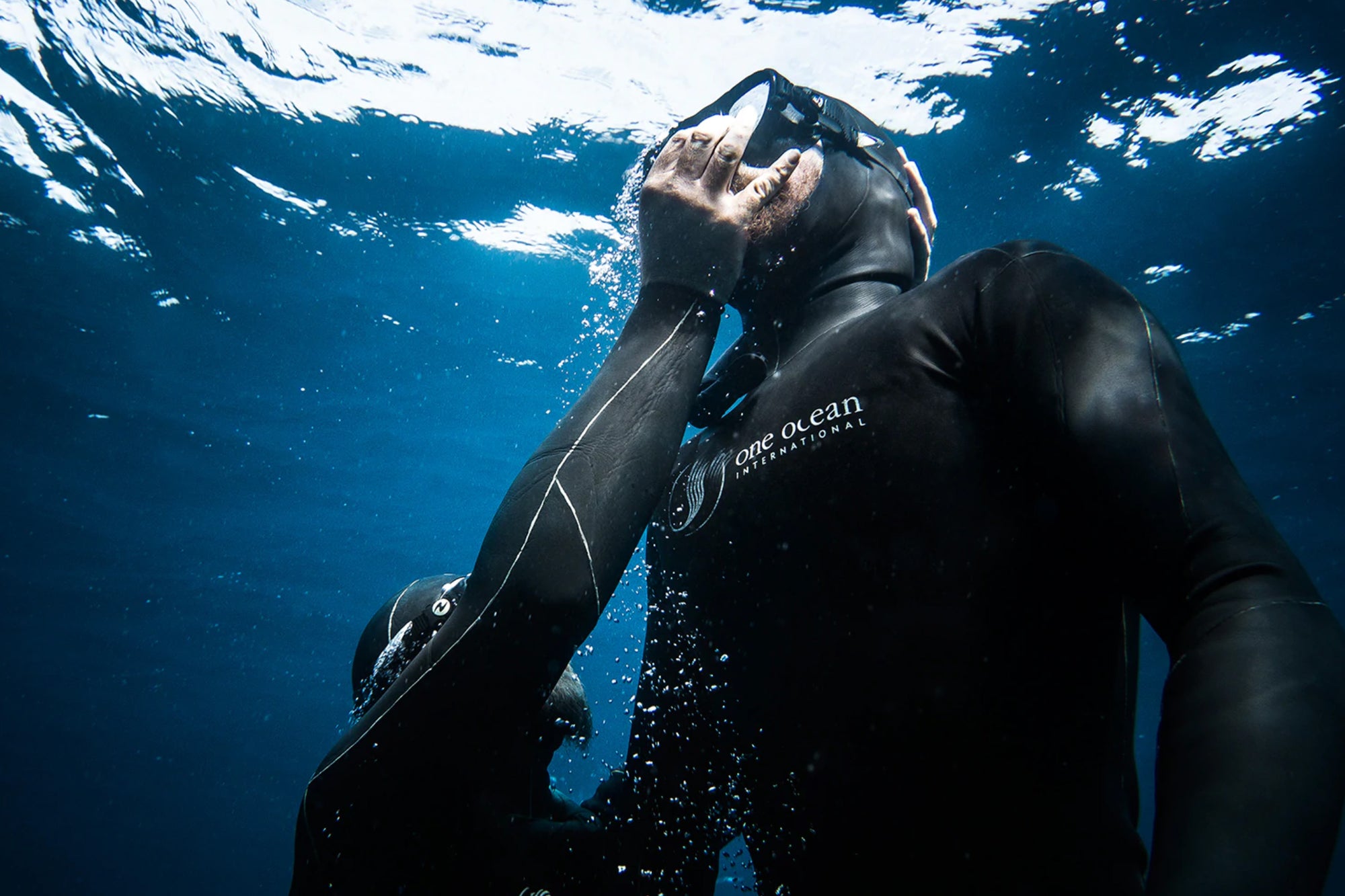I still remember the day my first Canon lens arrived. It was such a delightful experience, I opened up the box and simply stared into that glass for ages, dreaming of what I would one day see through its deep glass eye. It was the Canon L series 16-35mm f/2.8 many years ago, one of my favorite pieces of glass to date and in my recommendation the first lens I’d suggest buying if you're in pursuit of professional photography. My first self-published book; Living Water, was almost entirely shot with that one lens, the versatility to quality ratio of it is unmatched in my opinion.
As the days progress, project, jobs, swells and events come and go and as a photographer your vision and capacity expands, so does your desire for different styles of photos and naturally so does your lens collection. It’s almost a certainty, an addiction perhaps to have the best glass that captures the best quality image.
Featured here are the lenses I personally shoot with and a highlight of what I believe works best for shooting particular subjects. If you’re an amateur or professional photographer, I hope this is an insightful and beneficial article, if you’re not a photographer, do read on and enjoy the imagery and insight as to how the images are created.
My first choice of weaponry: The Canon EF 16-35mm 1:2.8 L USM II

This is a very versatile lens, having the telephoto capacity to shoot both portrait style at 35mm to wide at 16mm. A handy lens to use in the water with the optional Aquatech zoom gear handy as well, as being able to adjust your focal length aids immensely in framing waves, because the action often happens to fast to position yourself and a bit of leeway in zoom is great. For smaller waves, I’ll often get in closer and shoot with it set to 16mm, which helps make the wave appear bigger and capture more in the frame, often I will aim to fill the whole frame with the wave, shooting in a point and shoot manner like a fisheye. When the waves have a little more size, you can set it to 35mm as you’ll be sitting back a little and aiming to have the distance between you and the wave fill the frame nicely. A very well-rounded lens that can capture a variety of different subjects.
Below is an image shot with the 16-35mm set at 16mm 1/1000, f/6.3, ISO100.

The detail master, every portrait photographers dream glass; the Canon EF 50mm 1:1.2 L USM

Yes, it’s a portrait lens and keep thinking that way when you take it to the seas, portraits of the ocean.. there are so many parts to the face, both human and wave, the smile, lips, eyes, flowing hair, neck and shoulders.. have you likened the two together before? I like to think this way with the Canon 50mm. Generally, 50mm is the focal length of our eyes, so you can either take the wave straight on and capture a full frame head shot, or you can get in a little closer and focus on the intricate parts. Don’t be afraid to crank the shutter speed and freeze the motion of the lip penetrating the water, or the deep blue eye of the curl, or the curving neck and shoulders of the wave as it motions forward. If you nail a well framed shot with the Canon 50mm f/1.2, you won’t find a sharper image.
Below is an image I shot with the 50mm set at 1/8000, f/3.2, ISO100.

Take it all in and have fun with the Canon Fisheye EF 8-15mm 1:4 L USM

This is the most playful lens to use in my opinion, its handy with the telephoto capacity too that ranges from ultra wide fisheye at 8mm to a still very wide image at 15mm and you can lock this lens at 10mm which generally minimizes vignetting or the black ring around the frame. I generally use this lens for fast action shots, getting right in the thick of it and shooting with it like a gun, swimming hard and firing off shots under the lip in the impact zone, it’s very fun that way. Also, I actually use this lens a heap for landscape, it just gets so much in frame and post production software can take the distortion out a fair bit if you so desire. Shooting waterfalls with this lens is fun too, and I use it a lot for time lapse photography.. Really opens up the wow factor in vast landscapes with a lot going on.
Below is an image shot with the 8-15mm locked at 10mm 1/1000, f/6.3, ISO100.

Below is a landscape image shot with the 8-15mm set at 8mm 1/160, f/7.1, ISO160.

The heavy weight: Canon EF 70-200mm 1:2.8 L IS II
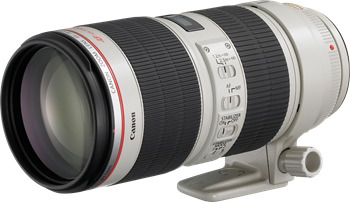
A great lens for building muscle. Ha! But seriously heavy glass is quality glass. If you're serious about photography, don’t go for the paper weights, invest in something that feels like it could be a weapon of sorts if it came down to it! If I’m shooting from a ski, or boat, this is the lens I use, hands down. Its telephoto capacity is perfect for framing tight action shots on the go and with an aperture that opens to f/2.8, well, it’s the bees knees for capturing tight and delicate details of the ocean; a water drop, a miniature wave, the ripples in the face of an impending liquid mountain.. You name it, get creative with this thing and isolate the finer parts, break the subject up into different areas and create your own style of ocean art.
Below is an image shot with the 70-200mm set at 135mm 1/1600, f/5.6, ISO100.
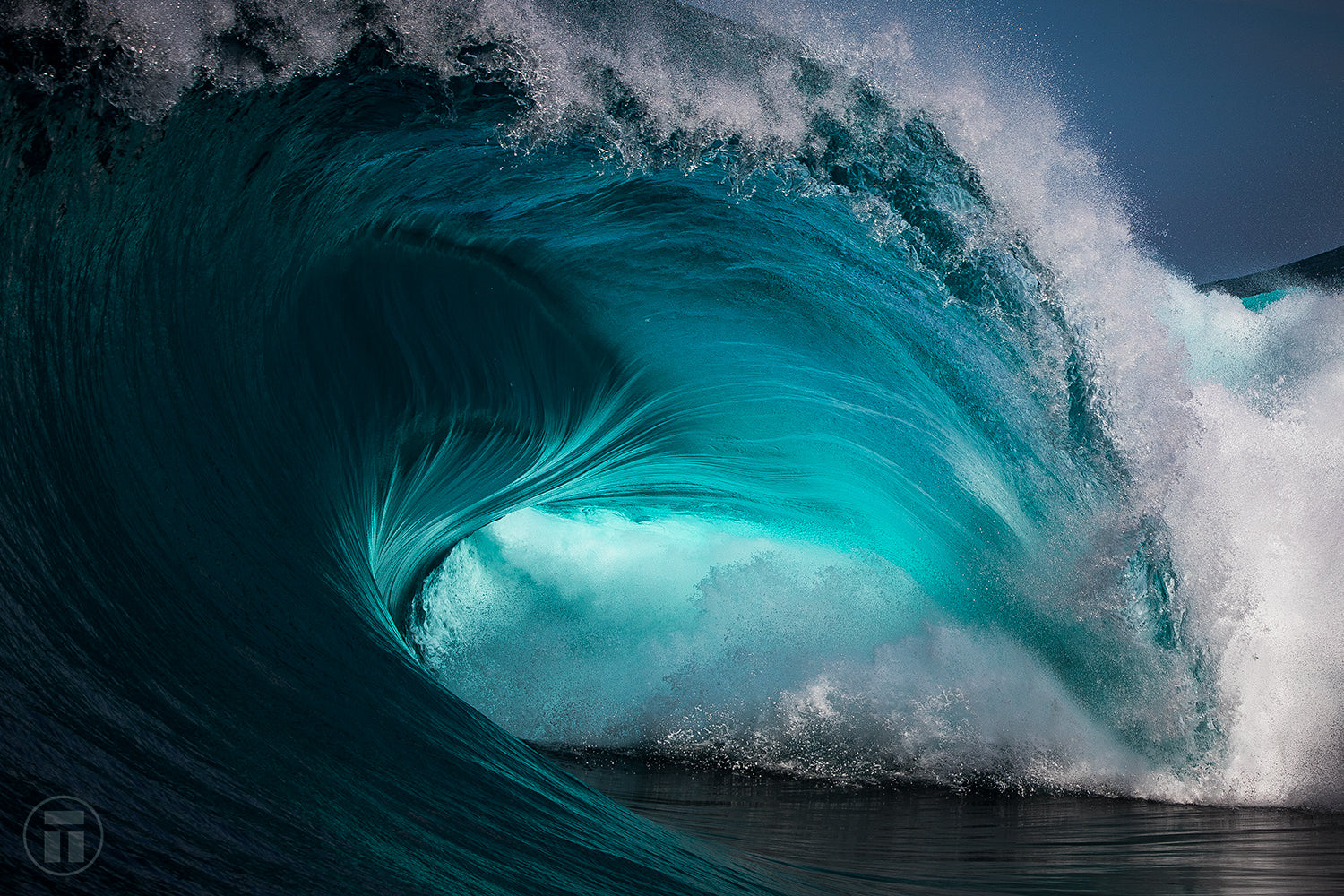
Bring a camping chair and kick back with the Canon EF 100-400mm 1:4.5-5.6 L IS

An absolute favourite of mine when shooting from land, whether it be exploding wedges or perfect line ups, I thoroughly enjoy zooming in and getting a tight shot of the action from a ways away. I also love eagles and am pretty darn fast at interchanging to this weapon in hopes of capturing one of those elusive beauties in full flight, full frame.
Below is an image shot on the 100-400mm set at 400mm 1/1250, f/5.6, ISO160

The elusive beast! Love eagles..
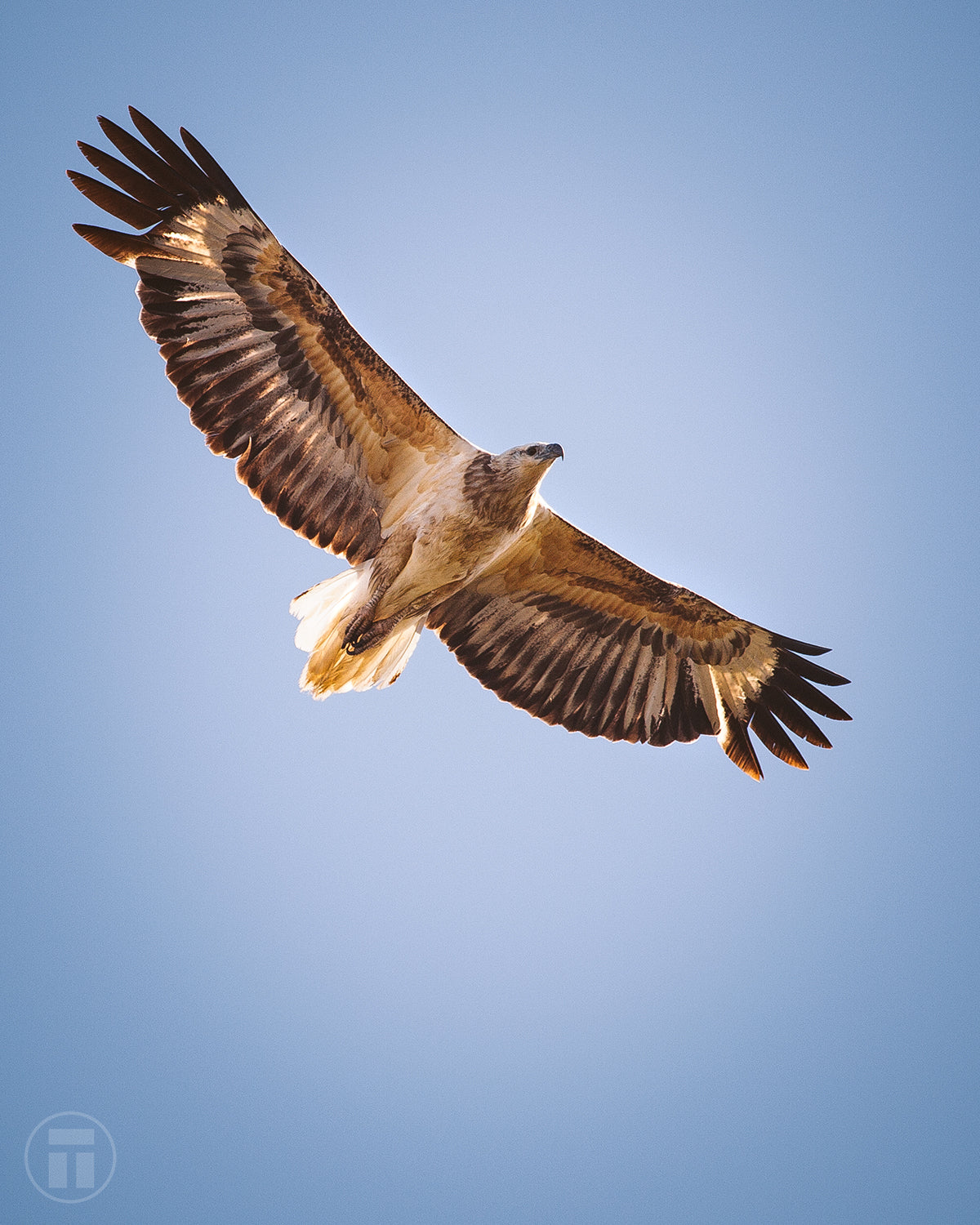
The Canon TS-E 24mm 1:3.5 L II (Aka Tilt Shift)
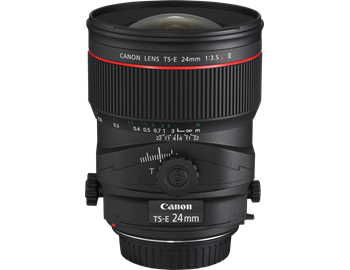
This has been my latest experiment, in an attempt to move away from the popular cityscapes and architecture that the tilt shift is primarily known for, and capture some of the more rugged lifestyle of a travelling ocean and adventure photographer. I’ve been really enjoying using this lens of late and when it comes to an image saturated world, I totally encourage you to try something new and you may just potentially surprise yourself.
Below is an image I shot with the Tilt Shift.
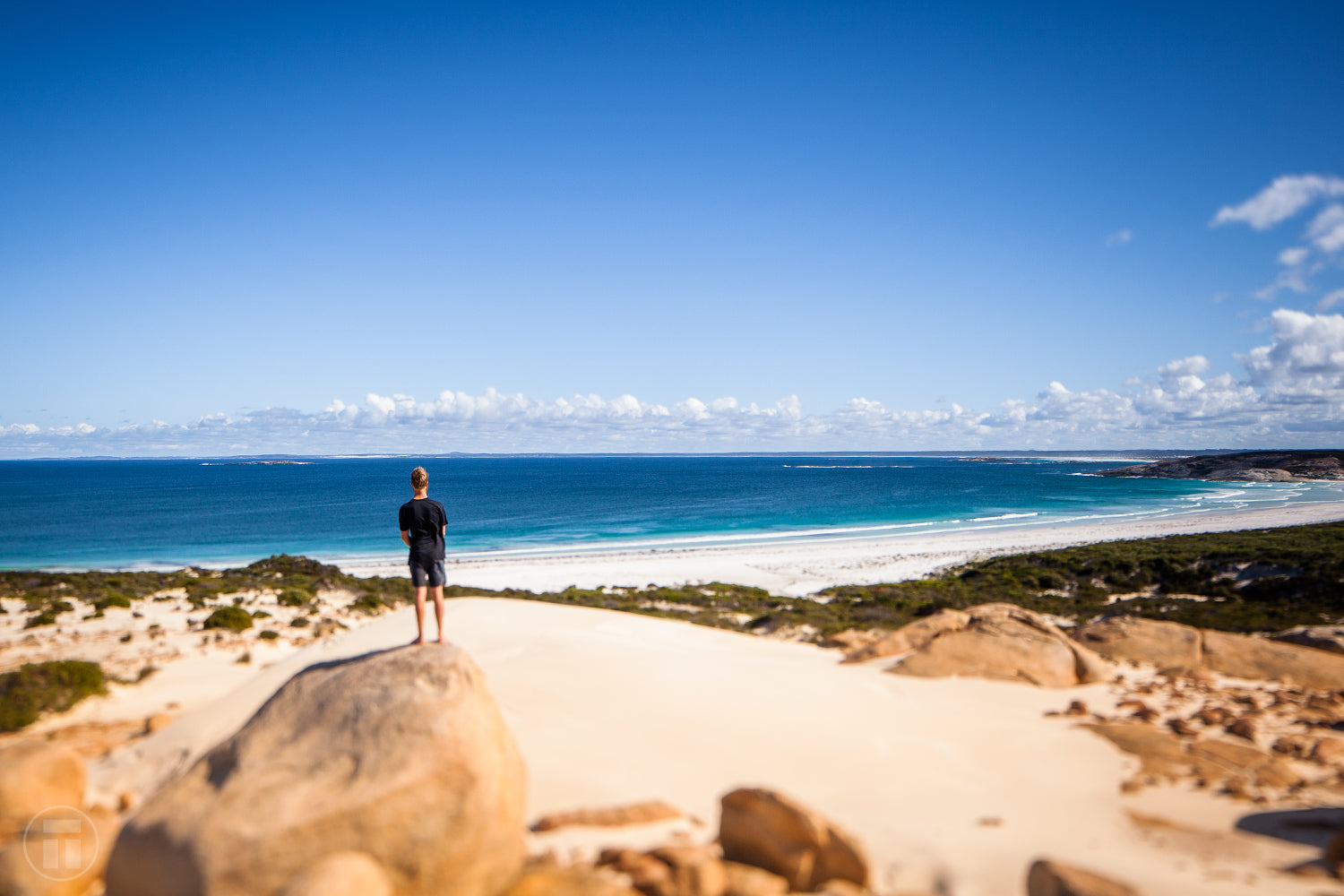
Of course if I was to write this article again in a few years time, there would be at least an additional 5-10 lenses to write about. In fact I could happily continue collecting almost every Canon lens that was ever made! But reality is that they cost a lot of money for the average consumer, but they are indeed worth every penny if you are serious about photography. Not to mention, most good locations require a significant walk to get to and you can't take them all.. I've tried, after 10km ascending into the mountains, I've been tempted to offload a few of my beloved telephotos to lighten the load! Choose right, pack light.
Get a vision, try something new, be inspired by others but set your own course and path. I always like to think of success in photography as this: when someone looks at your work and knows who took it without reading the credit. To me that represents, individuality, dedication, creativity and consistent initiative; all qualities of a great photographer.
Thanks for following my work and I hope you’re a little more inspired to get out there and pursue what you love!
Best,
PT.
Thanks Canon Australia for being the best and supporting my work! Lens imagery ©Canon Australia.
All water images shot using Aquatech Imaging Solutions Equipment.
